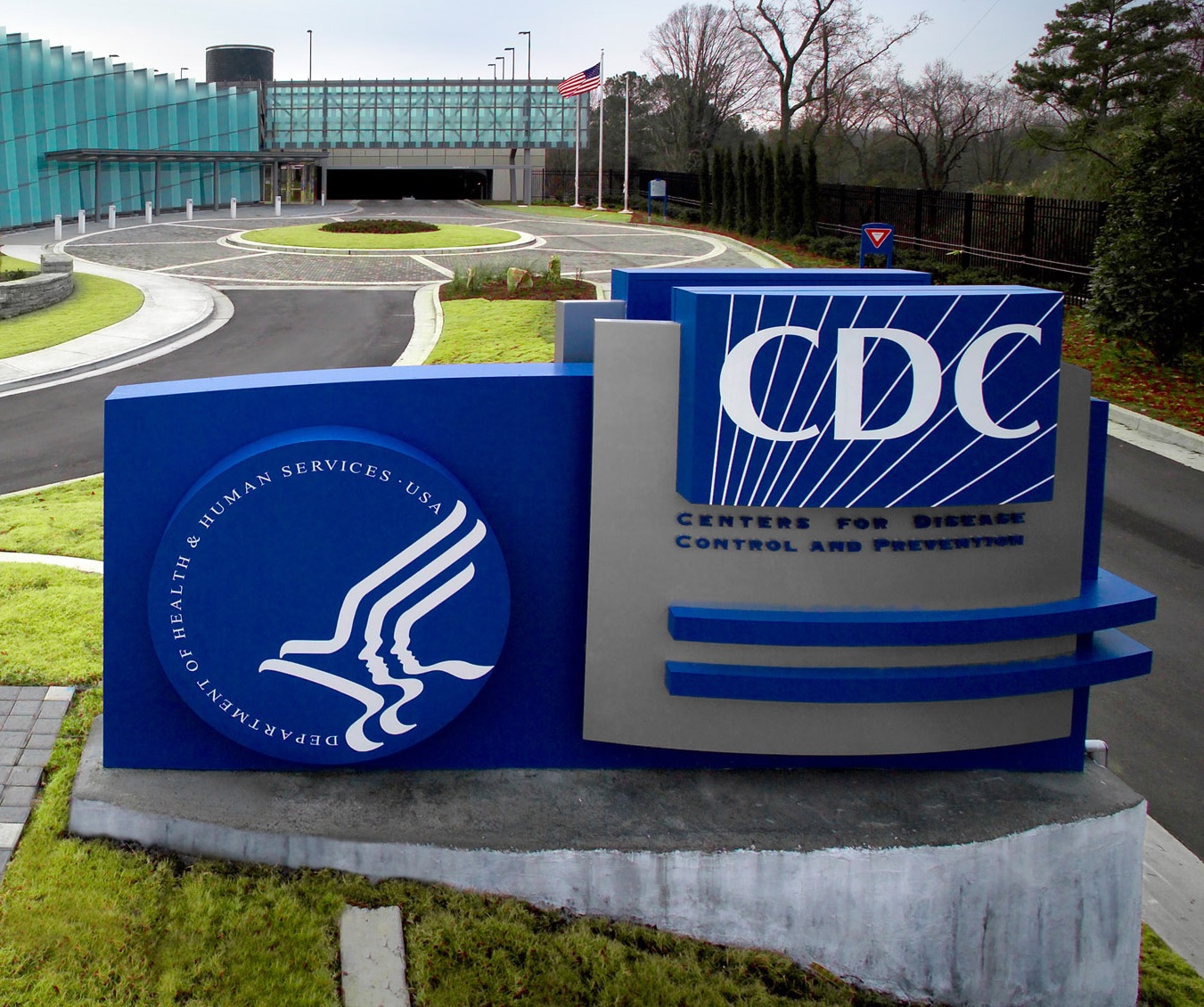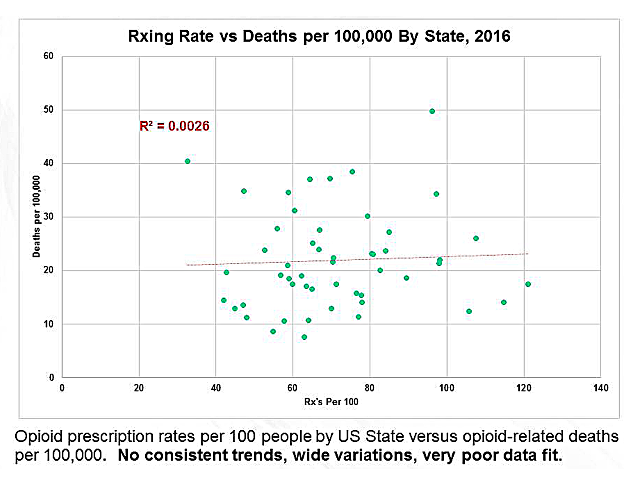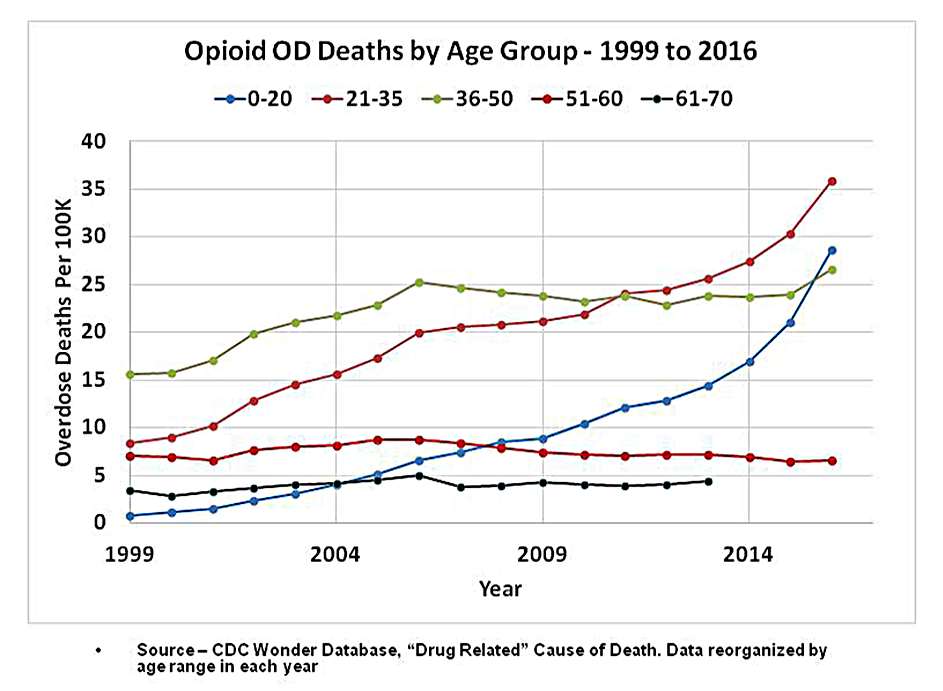Former Secretary of Veterans Affairs Calls for ‘Opioid-Free VA’
/By Crystal Lindell
An alarming new column in The Hill is advocating for an opioid-free Veterans Affairs health system by 2030 – a move that would leave countless veterans and their families without effective pain relief.
Headlined “Whiskey, tobacco, and pain pills: The VA can be an opioid-free health system,” the op/ed was written by David Shulkin, MD, who was Secretary of Veterans Affairs in the first Trump administration, and the VA’s Under Secretary of Health in the Obama administration.
His opening line gets straight to the point he’s trying to make: “There is a time for everything. Now is the time for the Department of Veterans Affairs to go opioid-free.”
His column is promoting a dangerous message, and I fear that Shulkin’s credentials will lead people to take his stance seriously. It’s especially abhorrent because veterans are more likely to have chronic pain and have suicide rates twice as high as civilians, often due to poorly treated pain.
The VA and Department of Defense medical guidelines already discourage opioids from being prescribed for chronic pain, especially for younger patients of military age. The guidelines only allow for short-acting opioids to be prescribed for short-term acute pain.
Shulkin frames opioids as a sort of magic-spell curse that can ruin lives after just one dose:
“The real opportunity lies in preventing opioid initiation,” Shulkin wrote. “The VA’s comprehensive, integrated system makes it uniquely positioned to lead the nation in eliminating opioid use and become the first opioid-free health system in the country. While it would be inappropriate to abruptly discontinue opioids for current chronic users, the VA could immediately begin limiting opioids for acute pain and adopt new alternatives.
Shulkin claims that over half of veterans receive opioids for post-operative acute pain, as though that number is too high. But having opioid medication after surgery isn't just common practice, it's the most humane response. And there’s little evidence it leads to opioid addiction.
In fact, I’d go so far as to say that the fact that only half of veterans get opioids post-op is probably too low. Of course, I couldn’t fact check Shulkin’s numbers because the link he uses to validate his claim about how many veterans receive opioids post-op doesn’t even work. It just goes to a “404 error” page not found.
Shulkin also claims that “roughly 10 percent” of veterans develop opioid addiction after surgery. But the link provided for that misleading claim takes you to a large meta-analysis study of over 4 million chronic pain patients around the world (mostly civilians), which has no relevance to how many U.S. veterans become addicted after surgery.
As noted in the headline to his column, Shulkin also compares opioids to alcohol and tobacco, citing the fact that VA doctors used to recommend both to patients to help make them “more comfortable.”
“Just as we no longer prescribe alcohol or allow tobacco on VA campuses, the day will come when we look back and wonder why opioids were ever part of routine care,” he writes.
Of course, there are glaring differences between opioids and those two substances: Opioids require a prescription, while alcohol and tobacco can be bought over the counter. They’re also involved in many more deaths than prescription opioids.
To be frank, if patients could go out and purchase hydrocodone as easily as they can buy whiskey or a pack of cigarettes, I wouldn’t have a problem with what Shulkin is saying. Patients lacking a prescription from the VA would still have the option to treat their pain how they saw fit — whether or not a doctor approved of the methods would be irrelevant.
Unfortunately, that’s not the case. And as such, trying to make the VA opioid-free within five years is inhumane.
‘Additional Advances Are Emerging’
Of course, since Shulkin is advocating for zero opioid prescriptions, one might assume that he would at least offer a list of reasonable non-opioid pain relieving alternatives. But here too, his evidence is lacking.
His first suggestion is a selective sodium channel blocker called Journavx (suzetrigine), which was recently approved by the FDA, even though it’s no more effective than a low dose of Vicodin.
According to Yale Medicine, Journavx has very specific limitations. It’s "not a cure-all" and is only meant for moderate-to-severe acute pain, which is short-term pain after trauma or surgery.
"This means, based on the current evidence, that it would likely be used primarily in the hospital setting and only for a few days," says Robert Chow, MD, a Yale Medicine anesthesiologist and pain management specialist.
Shulkin says "additional advances are emerging” for other non-opioid alternatives, including drugs targeting peptide-receptors that “appear to provide effective pain relief.”
So to recap, Shulkin wants the entire VA system – which provides healthcare to over 8 million military service members, veterans and their families – should go opioid free because we now have one sodium channel blocker and "additional advances are emerging."
Shulkin admits "it would be inappropriate to abruptly discontinue opioids” for long-term patients on opioids. But something tells me that such a warning would be ignored if the VA ever actually did go "opioid free," given the fact that many veterans have already been abruptly tapered off opioids.
I suspect that if Shulkin ever needed opioids for his own pain, he would not hesitate to take them. His is the type of column that is only written about other people’s pain – and other people’s pain is always easy to endure.
I hope that his proposal is ignored and ridiculed as the nonsense it is. But after witnessing opiophobia for the last decade, I worry that the opposite will happen, and that policymakers will take Shulkin’s ideas seriously.
Opioids aren’t just helpful – for many veterans they are necessary. And any medical professional advocating for their elimination should not be working in medicine at all.
If we want to make the world a better place, we need to take pain seriously and treat it as the grave condition it often is. That means giving patients access to opioids when they need them.





















